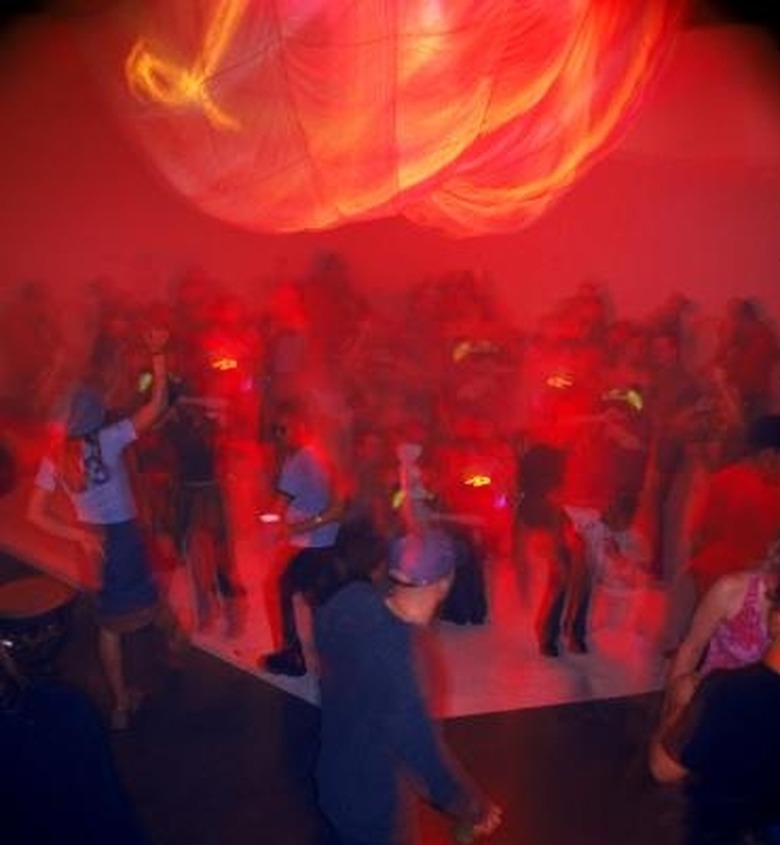How To Make Homemade Glow Sticks
For a fun experiment for the science fair or just a do-it-yourself project at home, make homemade glow sticks. You can purchase the ingredients from online stores, but much of it is available at the supermarket if you know what to look for. For example, sodium carbonate is often sold in the laundry detergent aisle. Once you have the ingredients assembled and a clear workspace, you can begin.
Step 1
Use glass mixing bowl 1 to mix 1 liter of distilled water with 50 milliliters of hydrogen peroxide.
Step 2
Use glass mixing bowl 2 to mix the 4 grams of sodium carbonate, 1/5 gram of luminol, 2/5 gram of copper sulfate pentahydrate, 1/2 gram of ammonium carbonate and the remaining 1 liter of water.
Step 3
Hold out an open test tube and pour in 2 tablespoons of the mixture from glass mixing bowl 1.
Step 4
Pour in 2 tablespoons of the mixture from glass mixing bowl 2 and cap the test tube tightly.
Step 5
Gently shake the test tube to mix the contents. As the chemical reaction begins, you'll see the mixture start to glow — a result of the hydrogen peroxide solution oxidizing the luminol. The glow should last for a few minutes before fading.
Things Needed
- 2 liters distilled water
- 50 milliliters hydrogen peroxide at a 3-percent concentration
- 1/2 gram ammonium carbonate
- 1/5 gram luminol
- 4 grams sodium carbonate
- 2/5 gram copper sulfate pentahydrate
- 2 glass bowls
- 3 or 4 test tubes with stoppers
- Tablespoon
Warning
Be careful not to spill any of the substances on your skin or clothes, as several of them could cause a chemical reaction and irritate your skin or damage your clothing. Sensitive people also can have an allergic reaction.
Cite This Article
MLA
Brown, Richard. "How To Make Homemade Glow Sticks" sciencing.com, https://www.sciencing.com/homemade-glow-sticks-4844024/. 24 April 2017.
APA
Brown, Richard. (2017, April 24). How To Make Homemade Glow Sticks. sciencing.com. Retrieved from https://www.sciencing.com/homemade-glow-sticks-4844024/
Chicago
Brown, Richard. How To Make Homemade Glow Sticks last modified August 30, 2022. https://www.sciencing.com/homemade-glow-sticks-4844024/
